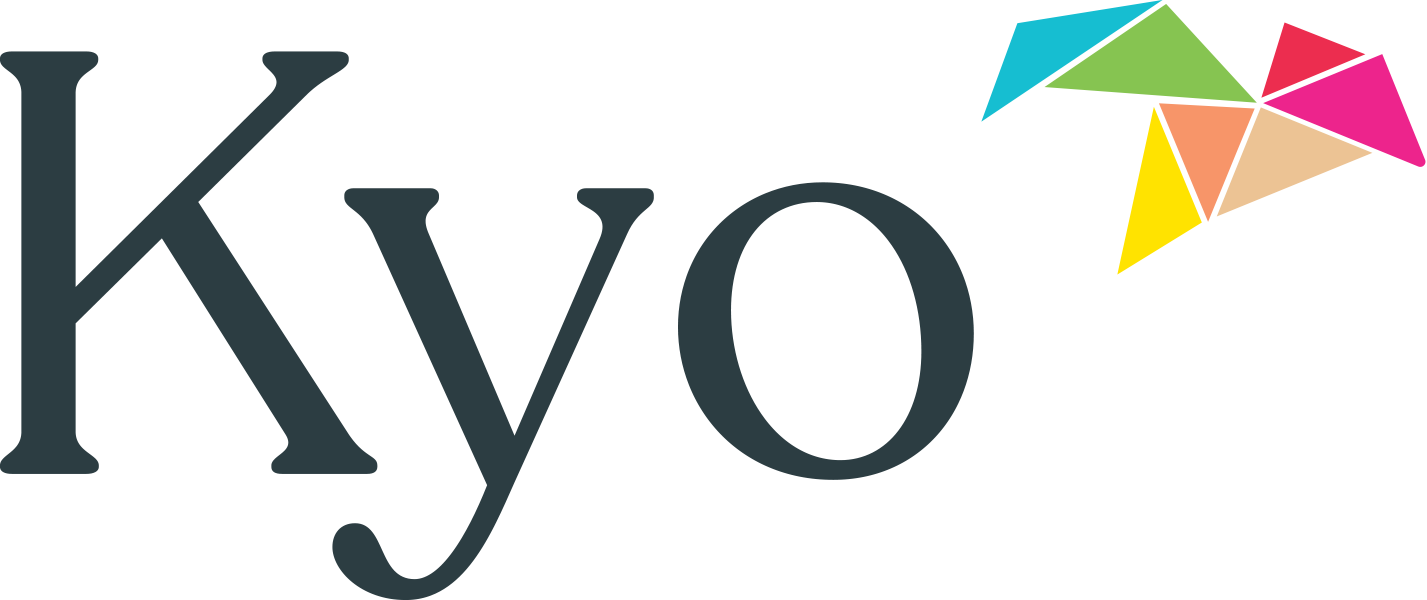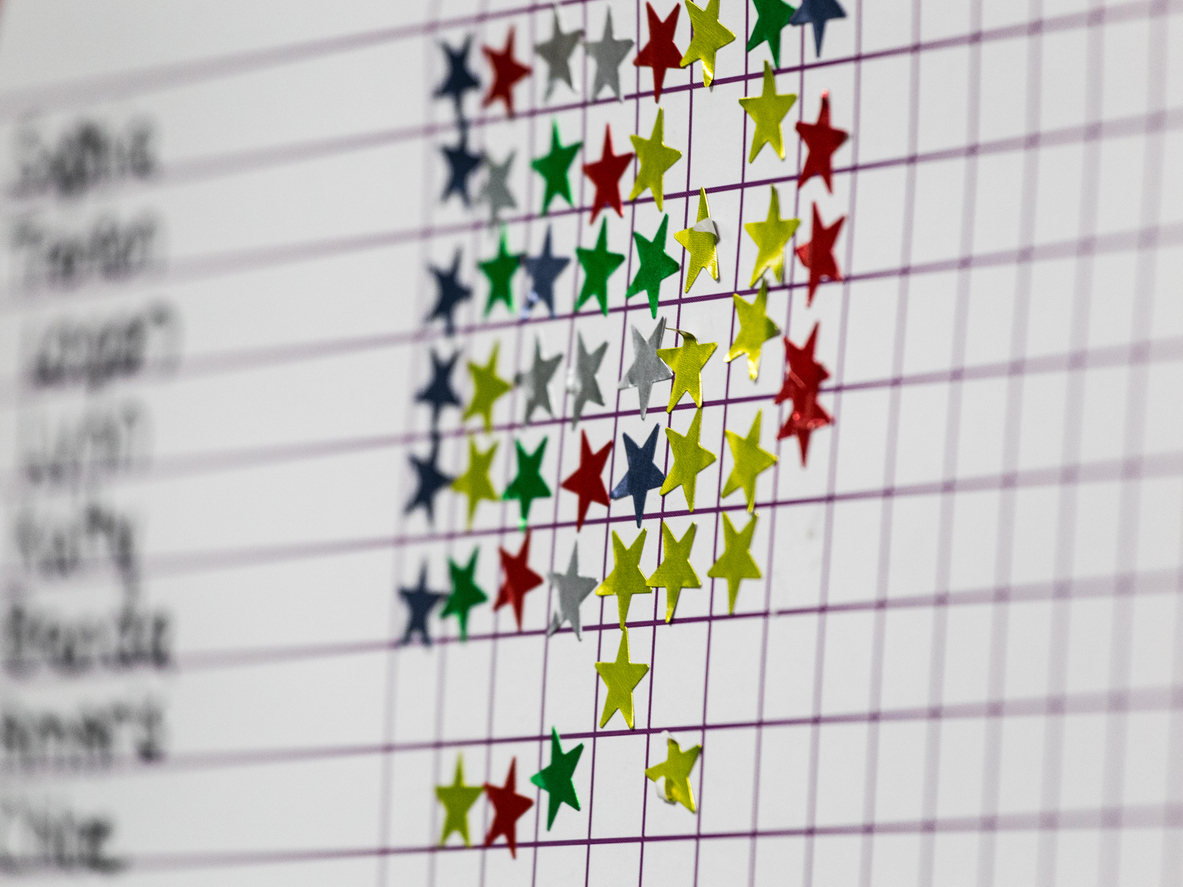From Marble Jars to Sticker Charts: Practical Tips for Teachers
Creating a positive, engaging classroom environment often hinges on consistent behavior management. One powerful tool teachers have used for decades is the token economy—a system that rewards students for positive behaviors using visual, tangible tokens.
Whether it’s a marble jar, sticker chart, or point system, these tools help reinforce desirable behaviors and motivate students through structured rewards.
What Is a Token Economy?
A token economy is a system of behavior reinforcement and classroom management strategy where students earn tokens (like stickers, marbles, or points) for displaying specific, positive behaviors. These tokens can later be exchanged for rewards such as extra free time, homework passes, or classroom privileges.
Rooted in the science of behavior analysis, the idea is simple: behaviors that are rewarded are more likely to be repeated. Token economies provide immediate, consistent reinforcement and clear behavioral expectations.
Common Examples of Token Economies
- Marble Jars: Students earn marbles for positive actions (e.g., helping a classmate, staying on task, etc.). Once the jar is full, the whole class earns a reward like a game day or treat. The visual build-up helps reinforce teamwork and anticipation. Theteachertoolkit.com has a great video from a teacher outlining the use of a marble jar as a classroom behavior strategy.
- Sticker Charts: Ideal for individual tracking, students receive stickers for good behavior or completed tasks. After filling their chart, they choose a prize—simple, visual, and effective for younger students.
- Token Boards: A token board is a simple chart—often made from laminated paper and velcro—where students earn tokens for positive behavior, and once it’s full, they trade it in for a reward they’ve been working toward. Token boards can be personalized to individual interests—velcro tokens can take the form of coins, favorite animals, cartoon characters, etc., to engage students. Examples include:
- Simple Token Board: Laminate a piece of paper that has 5 boxes. Place velcro on the back of 5 pennies and corresponding velcro in each box.
- Puzzle Token Boards: Each earned token reveals a piece of a favorite picture or character.
- Adventure Maps: Students move a character along a path toward a big reward, earning small prizes at checkpoints.
Why Token Economies Work
There are several reasons why token economies are so effective in shaping student behavior:
Clear Expectations: Students know exactly which behaviors will earn rewards.
Immediate Reinforcement: Quick feedback helps solidify the connection between actions and outcomes.
Increased Motivation: Tokens provide tangible goals, especially useful when intrinsic motivation is low.
Visual Progress & Ongoing Encouragement: By using token economies to consistently reinforce positive behaviors, students begin to associate those behaviors with rewards, making them more likely to repeat them in the future. Seeing marbles or stickers accumulate boosts confidence and pride in achievement.
How to Implement a Token Economy in Your Classroom
- Define Clear Behaviors: Be specific—“Follow directions the first time” is more effective than “Be good.”
- Choose Your Token System: Consider age and learning style. Younger students often prefer physical tokens, while older students may respond to digital points or class currency.
- Create a Reward Menu: Offer a range of appealing, realistic rewards. Include both individual and group incentives to promote collaboration.
- Track Progress: Monitor which behaviors are improving and which rewards students prefer. Stay flexible. If motivation dips, refresh the system.
- Make It Fun: Incorporate themes or let students help decorate charts. Adding creativity boosts engagement.
Tips for Long-Term Success
- Be Consistent: Apply the rules fairly and regularly.
- Slowly Reduce Reliance on Rewards: As students internalize behaviors, gradually reduce external rewards.
- Avoid Over-Competition: Balance individual recognition with team-based rewards to foster inclusivity.
Using Token Economies at Home
These systems aren’t just for the classroom. Parents can use similar approaches with token systems for chores, routines, or homework. Match the system to each child’s interests and align with school-based strategies for continuity.
Final Thoughts
A token economy classroom system is a proven way to boost engagement, shape positive behaviors, and create a rewarding classroom culture. With thoughtful planning and creativity, these systems can be both effective and fun—for students and teachers alike.




